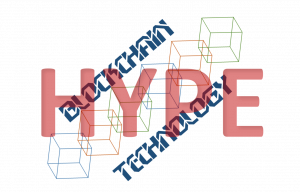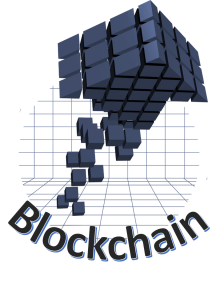Defense Tech provides an overview of an Army Times article on the U.S. Army’s CALL (Center for Army Lessons Learned) Request for Information service. (subscription required for Army Times, but the Defense Tech excerpts are free). From Defense Tech’s introduction:
The fancy sensors, flying drones, and big bandwidth pipes get most of the attention. But, when it’s being done right, network-centric warfare is as much about simple collaboration as it is about gee-whiz gadgetry. Chat rooms, message boards, online libraries all give folks in the field new sources of information and advice, so they can make better battlefield choices.
The Request for Information service provides human-mediated information search to warfighters in the field. From Army Times:
An Army major general in Iraq had a classified question about the insurgency early last month. Rather than pull his advisers away from their immediate mission, he e-mailed a request…
…it’s a two-way feed, with troops in the field not only seeking information but also providing insights and tips gained on the battlefield and at tactical centers. CALL staffers take that information and turn it around within 18 hours, kicking it back to others who need it.
Any soldier — or Marine, airman or sailor — may file an RFI, but those deployed or about to deploy to Iraq or Afghanistan have priority. The staff tries to answer those questions within eight hours.
This is an example of a kind of resilient system — networked, decentralized and responsive to changing conditions. Now, imagine the next-generation version — a rules-based, automated system that serves information to warfighters without their having to ask. A push rather than a pull system, in other words. Initial applications will of course focus on data that the warfighter needs instantly in the battlespace — street maps and building floor plans for urban combat, for example.
But it’s not difficult to imagine the same approach applied to the Request for Information service — governed by rule sets that sort information and serve it unasked to particular units under particular circumstances. Such a system could even be self-optimizing — learning from information requests and becoming progressively more precise and accurate in the information it provides.
No, the automated system will never completely replace human-mediated expert search. But many information requests are likely to be repetitive and predictable — therefore they are prime candidates for automation. The advantages of a resilient, automated system include speed, efficiency, and the ability of the human researchers to focus on the most challenging requests — the ones most worthy of their time and attention. As with other resilient systems — in security, compliance, performance management and net-centric warfare — rules automation, coupled with human intervention under the right circumstances, provides notable gains.
Again — the military’s first application of resilient systems will probably focus on combat operations and secure sharing of classified information. But ultimately a wider array of programs — such as Request for Information — may well benefit.




